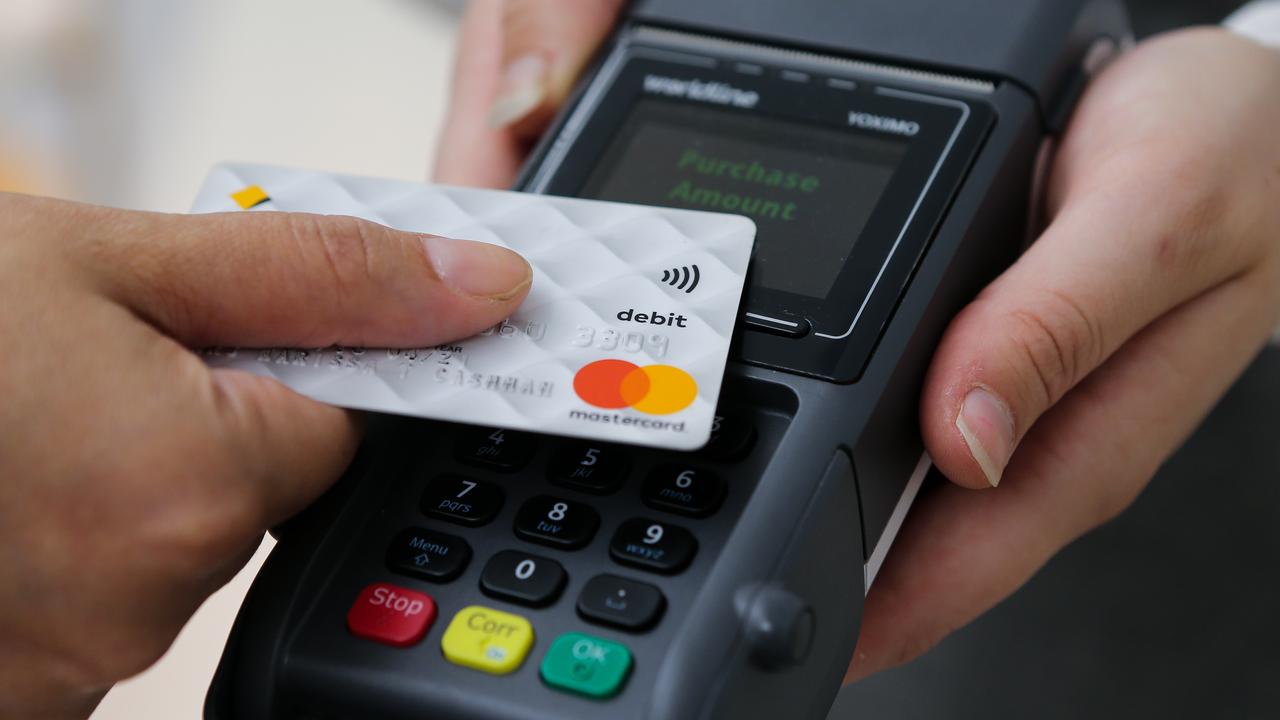Is Victoria just really unlucky? Why the state is so prone to Covid-19 outbreaks and lockdowns
It’s the question on every Victorian’s lips — why is the state so unlucky when it comes to lockdowns? And what is NSW doing differently? Here’s what we know.
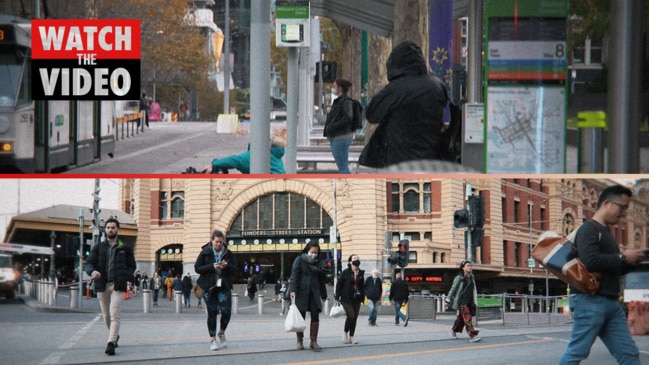
As Victorians settle in for another seven days of lockdown many are wondering why its state seems so prone to outbreaks and restrictions.
Australia’s biggest cities have taken very different approaches to managing coronavirus cases with Melburnians expected to clock up 140 days of lockdown, while the average for other states is six days.
In contrast, Sydney has quarantined about half of all overseas arrivals in Australia, dealt with eight hotel quarantine breaches (compared to five in Victoria) and has managed to do this without locking the entire city or state down.
When asked what the difference between Melbourne and Sydney was, Victoria’s chief health officer Brett Sutton said he didn’t know the answer.
“In many respects they are very similar cities but we have seen the randomness of individuals infected with this virus across the country,” Prof Sutton told reporters on Friday.
He pointed out that Victoria’s Black Rock outbreak earlier this year was chased down without going into lockdown, and Sydney had been fortunate during an outbreak earlier this year because of the geographical isolation of the city’s northern beaches where the cases occurred.
However, most experts acknowledge Victoria has gone through a larger learning curve than NSW, with many lessons learned from its outbreak last year that saw its contact tracing and hotel quarantine systems overhauled.
This week the emergence of two false positives raised more questions about whether Victorian systems were up to scratch.
“I do think what we’ve seen time and time again in Victoria is some quite serious systems issues,” Business Council of Australia chief executive Jennifer Westacott told ABC’s RN Breakfast program.
“I think Victorians are entitled to ask how did we end up here? Most importantly, how do we avoid going into a series of lockdowns all the time?
“Because of each time they happen for a small business it’s harder and harder to get back up on your feet.”
So is there a reason why Victoria gets getting outbreaks and going into lockdowns?
Here’s what we know.
RELATED: What we know about the Delta variant
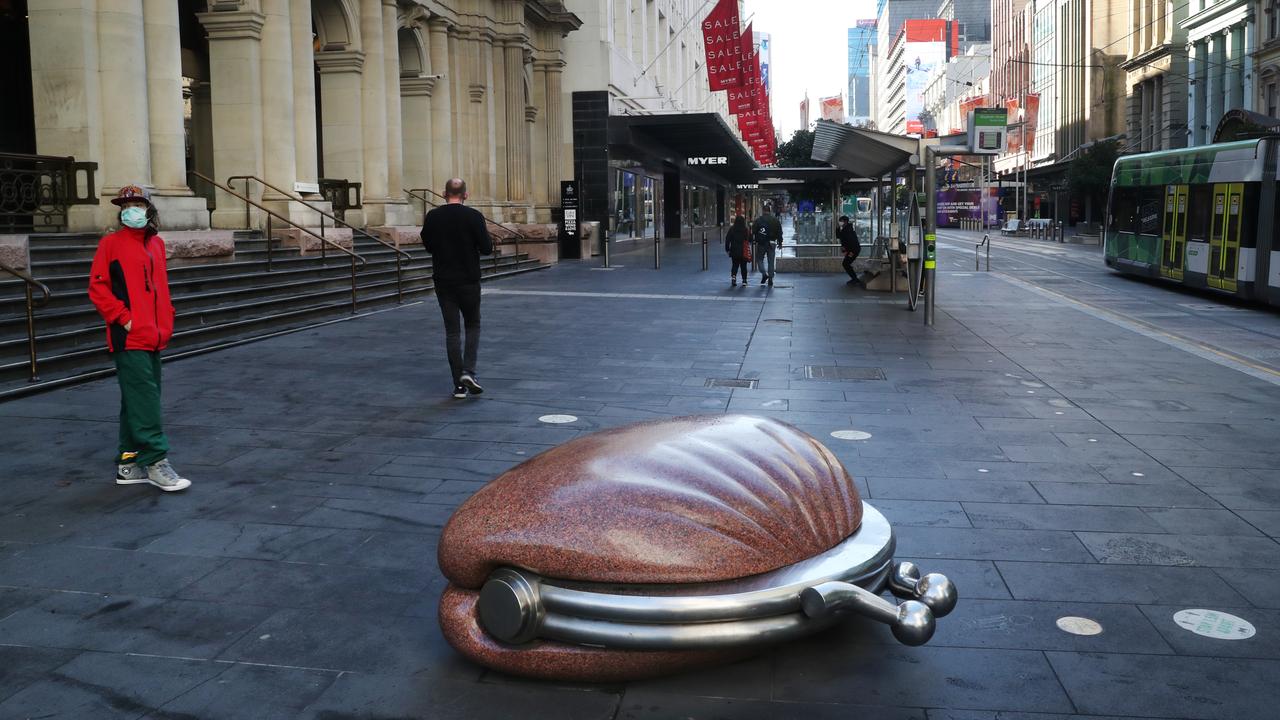
Victoria’s risk appetite is low
Infectious diseases expert Professor Peter Collignon of Australian National University believes there is a difference in the approach that Victoria takes towards Covid-19 outbreaks, compared to New South Wales.
Prof Collignon believes NSW has maintained Australia’s original covid policy to “suppress” the virus to really low levels. This can be seen in its focus on contact tracing and its decisions to introduce restrictions but not to go into full lockdowns.
In contrast, he believes Victoria has adopted the New Zealand-style “elimination” approach.
“They want no circulation of the virus, which means longer lockdowns,” Prof Collignon said.
“NSW has achieved the same result but without the same approach that New Zealand and Victoria have adopted.”
To be fair to Victoria, Prof Collignon said it was never clear until after an outbreak, whether lockdowns were necessary but he did believe that none of the short lockdowns in several Australian states have made any difference to cases.
“NSW has achieved control over a larger amount of cases without locking down the whole state,” he said.
During the most recent outbreak, Victorian authorities have expressed concern about the emergence of Kappa, a potentially more infectious strain of the coronavirus that has seen people infected through “fleeting contact”.
But experts have disputed whether this is unusual and whether better contact tracing had simply made this type of transmission more visible.
On Tuesday, NSW Premier Gladys Berejiklian and chief health officer Dr Kerry Chant did not seem overly concerned about the stranger-to-stranger transmission.
“We have had occasions ourselves where we have had transmission with very minimal contact,” Dr Chant said.
Different states, different systems
A lack of resources in Victoria’s healthcare system has been identified as an issue in the past but experts believe this has now largely been corrected.
Grattan Institute’s Stephen Duckett, a former secretary of the federal health department, said Victoria certainly had fewer resources at the start of the pandemic, compared to NSW.
“They spent the last decade stripping out the public service and as a consequence the public service was unable to cope (during the pandemic) and we all suffered,” he said.
But he said authorities had dramatically increased resources since last year.
Victoria used to be have a centralised public health unit for the whole state, now there are three units just for Melbourne. The new system is similar to what NSW has in place.
“They copied the NSW model, which required an expansion of the public service,” Mr Duckett said.
Melbourne University epidemiologist Professor Tony Blakely agreed Victoria had put more resources into hiring contact tracers in the past year.
“I think the contact tracing workforce is now up to speed,” he said.
However, Prof Blakely said the number of public health medical specialists in the state was still low per capita compared to NSW.
“It’s half compared to NSW,” he said.
These highly trained specialists generally have some type of medical training and have worked as surgeons or doctors before completing public health medicine training in subjects like epidemiology and outbreak management.
“It’s basically a doctor who treats a population, rather than an individual,” Prof Blakely said.
“You need a diverse skillset with some medical knowledge.”
It takes a lot longer to build up staff with this expertise so Victoria is still behind in this area.
RELATED: Melbourne lockdown extended as authorities track ‘beast’ variant
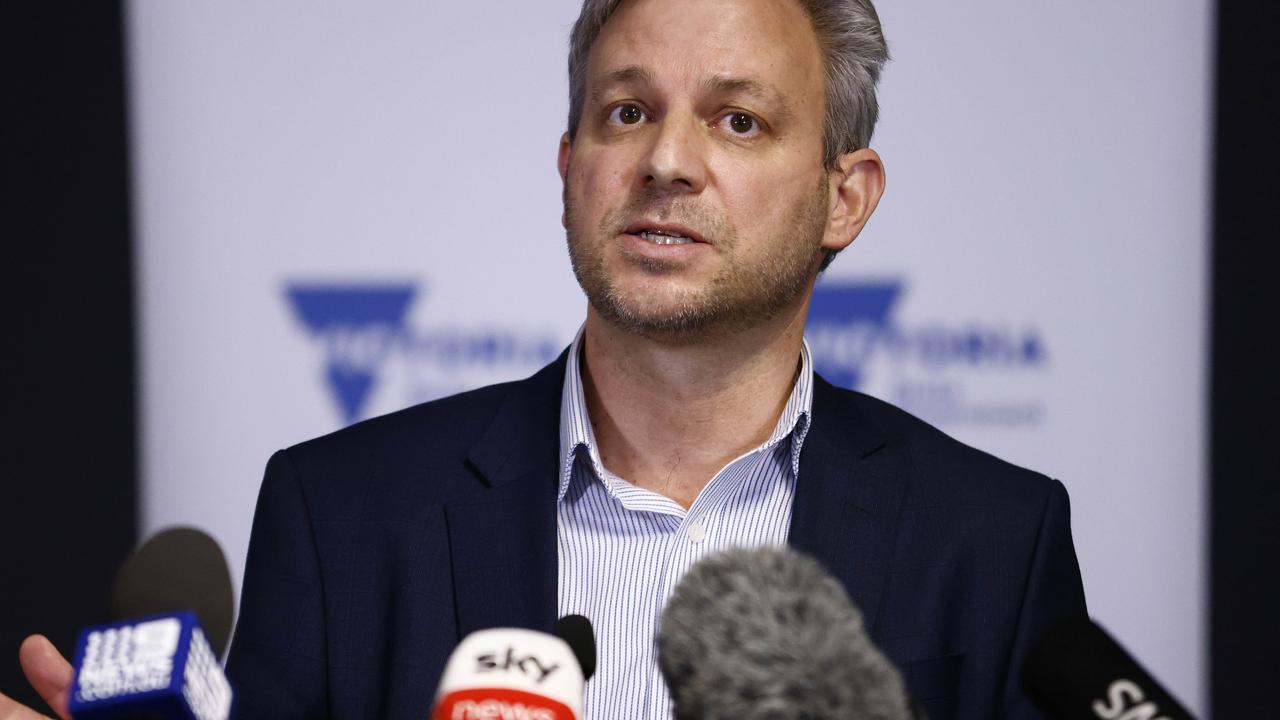
QR codes and contact tracing
Most experts agree that Victoria’s contact tracing has improved dramatically since last year but there is one potential weakness that could have played a part in the most recent outbreak.
In Victoria it was not mandatory for people to check into retail shops including supermarkets if they expected to be in the store for less than 15 minutes. Authorities also allowed businesses to use QR codes from many different providers.
In NSW, all businesses must use the government’s app for QR codes.
“If we were to be critical of one thing (about Victoria’s response) this year, this is the one thing that stands out,” Prof Blakely said. “Victoria has been a laggard.”
Victoria did announce changes to its QR code system earlier in May to force businesses to use the official Victorian Government app but this did not come into effect until May 28.
Following the latest outbreak, it also announced a new rule on Wednesday that customers would required to check in to every venue, even if they stayed at there for less than 15 minutes.
Other differences in the state’s contact tracing systems are harder to assess and the difference may simply come down to a matter of confidence.
On Tuesday, NSW Premier Gladys Berejiklian and chief health officer Dr Kerry Chant seemed comfortable with NSW’s contact tracing system after it was discovered a Victorian family-of-four had holidayed in Jervis Bay while potentially infectious with Covid-19.
Dr Chant said routine sewage testing had not detected any Covid-19 and that authorities would also be reviewing CCTV footage to do a full assessment of the risk.
RELATED: Why NSW hasn’t introduced covid restrictions
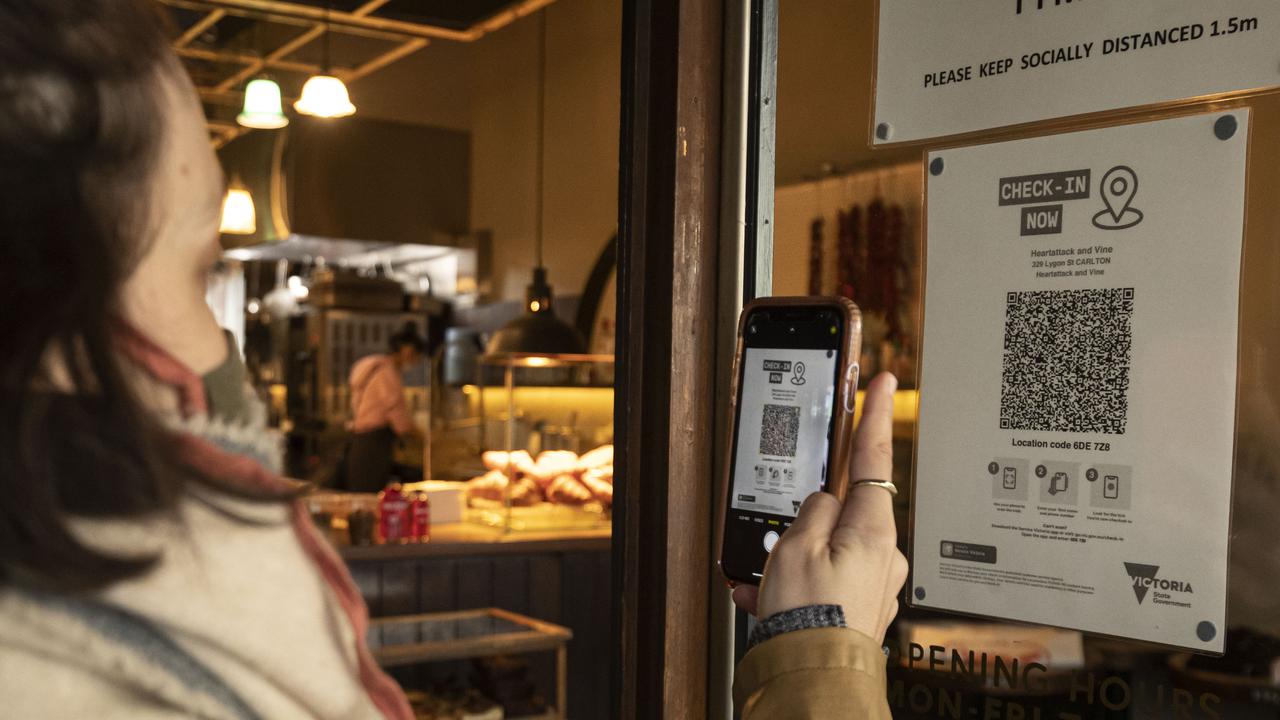
The state chose not to put any restrictions in place and in the days after NSW has not found any additional covid cases.
Victoria seems to have similar systems in place but this week the state chose to extend its lockdown, citing its fears over a potentially more infectious strain of covid.
A spokeswoman for Victoria’s Department of Health and Human Services said its public health team worked closely with exposure site operators to gather a broad range of data types while investigating outbreaks.
“This includes store employee records, rosters and QR code check-ins,” she said.
“At higher risk sites, we review customer contact details via credit card and rewards card data to find potential close contacts at sites visited by a case. In some situations, we also use CCTV and geo location data.”
It’s colder in Melbourne
There’s been a longstanding rivalry between Sydney and Melbourne and any resident could reel off a list of the benefits and problems with either city.
But could these differences leave one city more susceptible than the other to coronavirus infections?
James Cook University immunologist Alan Baxter noted that Melbourne was Australia’s most populous and crowded cold city.
“Cold weather promotes aerosol spread of the virus by increasing its survival, and by the behavioural changes associated with it,” Prof Baxter tweeted.
“In cold weather, people tend to close windows and doors, reduce ventilation, huddle together, are more likely to take transport than walk & may have incidental colds that increase coughing & sneezing.”
University of NSW Professor Professor Mary-Louise McLaws has pointed to the city’s geography and population.
“The difference between Melbourne and Victoria or, say, NSW is that you’ve got really great public transport. People can get around really easily or walk or pushbike. We can’t do that in Sydney,” she told the ABC.
She said Melbourne was also “hyper-connected socially”.
“Your city has younger people than Sydney has and they like to go out or they’re unemployed and they need jobs,” she said.
“And you’ve got a very well-connected migrant group and they are at risk as well … they live together and they support each other.”
RELATED: How young people are jumping the vaccine queue
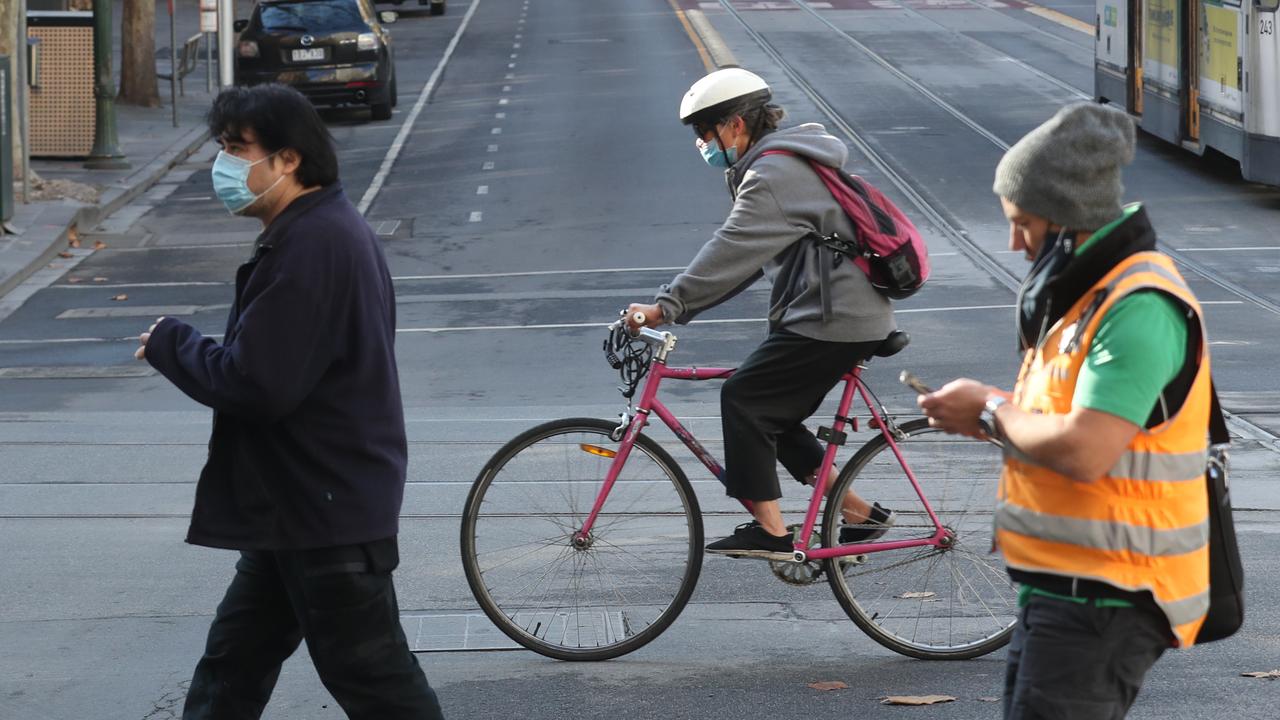
But Dr Liz Allen, a demographer from the Australian National University, doesn’t think the data supports the idea that population and behaviour differs between the two cities.
“Vic and NSW aren’t all that different. In fact, the data points to NSW being at greater ‘risk’,” she tweeted.
She said Sydney has a similar migrant population to Melbourne, Sydney is more densely populated than Melbourne, Sydneysiders use more active transport than Melburnians and severe overcrowding is a bigger problem in NSW than in Victoria.
Prof Blakely believes things like cold weather, the ease and connectedness of public transport, and large migrant families could all be factors but they don’t make a big difference.
“What makes Melbourne distinct in terms of culture and geography can never explain why the Wollert man transmitted COVID to the missing link,” Prof Blakely wrote in a piece for The Conversation with Melbourne University clinical epidemiologist Nancy Baxter.
“Life is random, and COVID is very much so. A difference in seemingly innocuous circumstances can lead to very different outcomes.”
It’s just plain old bad luck
Most experts say there is an element of bad luck to Victoria’s outbreak and you can understand why.
Its current outbreak was caused by a hotel quarantine breach in South Australia and the man just happened to be from Melbourne.
The man from the northern suburb of Wollert returned to the city on May 4 and developed symptoms on May 8. He got tested two days later and was found to have the potentially more infectious Kappa strain.
During his infectious period the man somehow managed to infect at least one other man, who had symptoms for almost a week before getting tested for Covid-19 on May 24.
There are now 64 cases in Victoria’s outbreak and authorities also revealed on Friday that the even more infectious Delta variant, which has ravaged India, had been detected in seven people.
Compare this to NSW, where a family of four went on holidays for six days between May 19 and 24, and then tested positive for the virus on their return to Melbourne.
The family were infectious with the Delta variant and circulated among the Jervis Bay community for at least two days (and possibly longer), but there have been no new cases detected in the state.
When it comes down to it, it’s not impossible that Victoria has just been unlucky.
charis.chang@news.com.au | @charischang2



